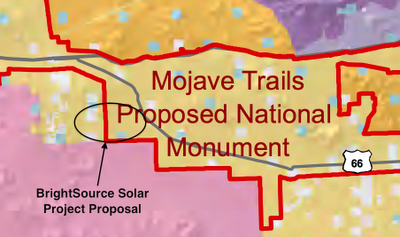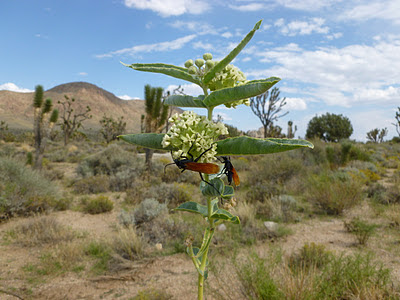Pressure Mounts on First Solar Projects as Ivanpah Recognized As Crucial Tortoise Habitat

More conservation groups have expressed support for preserving desert wildlands in the Ivanpah Valley, an early warning signal that First Solar should back away from their ill-sited solar projects there. Located in the northeastern Mojave Desert and spanning the California/Nevada border, the Ivanpah Valley hosts a robust population of desert tortoises and provides a critical wildlife corridor for this species whose population has declined nearly 90% since the 1980s. Biological surveys and US Fish and Wildlife Service findings increasingly indicate that First Solar is proposing to build in one of the most ecologically sensitive areas of the Mojave Desert, and threatens a level of damage that it cannot buy its way out of with "mitigation" as it did with its other projects. In this photo by Basin and Range Watch , a cluster of Mojave yuccas grow in the Ivanpah Valley where First Solar is proposing to build its massive Silver State South solar power project. Basin and Ran



